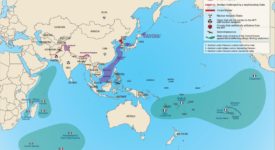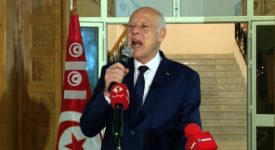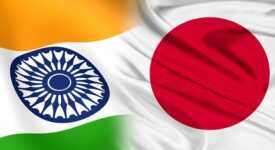Mongolia hosted the 11th Asia-Europe Meeting (ASEM) on 15-16 July. This year’s discussions focused on the theme “20 Years of ASEM: Partnership for the Future Through Connectivity”. The leaders used the forum to review the progress made in 20 years of cooperation and set the course of mutual relations for the next 10 years. The event also sought to reinforce the main pillars of the partnership – peace and stability, economic prosperity, sustainable development and better quality of life.
The EU was represented by European Council President, Donald Tusk, European Commission President, Jean-Claude Juncker, and High Representative Federica Mogherini who were joined in Ulaanbaatar, Mongolia’s capital city, by leaders from about 50 other European and Asian countries. The summit provided the leaders with a venue to discuss the current state of the world economy including policies aimed at boosting inclusive economic growth and other inter-regional trade and investment issues. They also touched upon digital and transport connectivity, international security and stability as well as climate change, fight against terrorism and migration.
The ASEM was created 20 years ago as an informal forum of dialogue and cooperation between both continents. The initial ASEM partnership in 1996 consisted of just 15 EU Member States and 7 ASEAN Member States plus China, Japan, Korea and the European Commission. Bi-annually, ASEM heads of state meet with EU leaders to set the group’s priorities. These events take place alternatively in Europe and Asia. The 2014 summit was held in Milan, Italy. Today, representing about 60 percent of the world’s GDP, of its population and of global trade, ASEM embraces virtually the whole of Asia and Europe.







